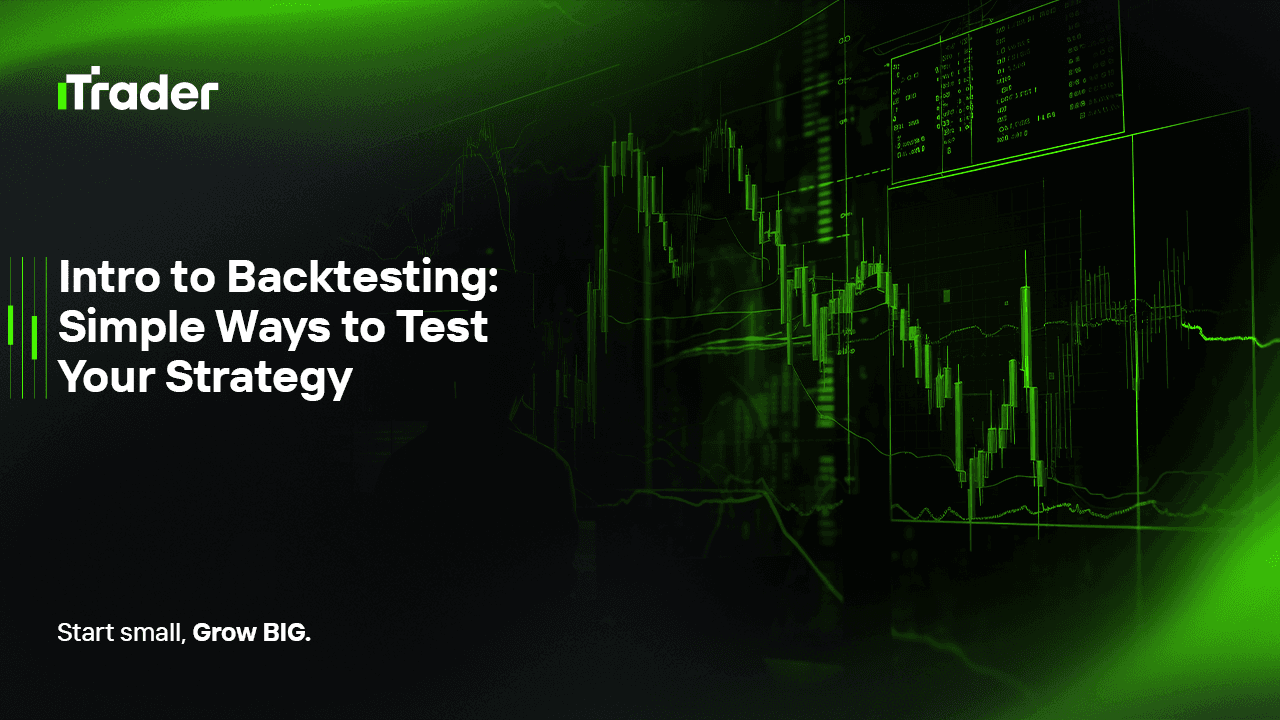2025-09-15
For many traders, the idea of testing a trading strategy feels overwhelming—especially if you’re preparing for a prop firm evaluation where performance rules are strict. But here’s the truth: you don’t need to be a quantitative finance PhD or own expensive software to start validating your ideas. What you need is a structured process to see how your strategy would have performed in real markets. That’s where backtesting comes in.

Backtesting is the process of applying your trading rules to historical market data to see how they would have performed in the past. It’s not about predicting the future with certainty—it’s about checking whether your strategy is robust enough to survive different market conditions.
In the context of prop trading, backtesting plays an even more critical role because:
Imagine walking into a prop firm challenge with a strategy you’ve never tested. You wouldn’t know:
Backtesting answers these questions before real money—or your funded account—is on the line.
The main benefits are:
Backtesting doesn’t have to be complicated. Here are three simple methods any prop trader can use:
This is the most basic approach. You scroll through historical charts and mark where you would enter, set stop loss, and take profit.
Here you use built-in strategy testers inside trading platforms.
If your strategy is rule-based, you can download historical data (OHLC prices), set your rules in Excel or Google Sheets, and let formulas calculate trade outcomes.
When you backtest, don’t just focus on profits. Prop firms care about risk management. Make sure you track:
Many beginner traders sabotage their backtesting results by falling into traps:
Once you’ve tested your strategy, the next step is adapting it for the specific rules of your prop firm challenge. Ask yourself:
Remember: a strategy that looks profitable on paper might still break prop firm rules if you don’t account for risk limits.
Backtesting isn’t about creating a “perfect system.” It’s about filtering out bad ideas and strengthening good ones before you risk real capital. For prop traders, this means entering challenges with a clear, tested, and disciplined plan.
If you keep your backtesting simple, focus on core metrics, and avoid common biases, you’ll build the confidence and discipline needed to perform under the strict conditions of a prop firm evaluation.
© 2025 iTrader Global Limited | Số đăng ký công ty: 15962
iTrader Global Limited có trụ sở tại Hamchako, Mutsamudu, Đảo tự trị Anjouan, Liên bang Comoros và được cấp phép, quản lý bởi Ủy ban Chứng khoán Comoros. Giấy phép số: L15962/ITGL.
iTrader Global Limited hoạt động dưới tên thương mại “iTrader” và được cấp quyền thực hiện các hoạt động giao dịch ngoại hối. Logo, thương hiệu và trang web của công ty là tài sản độc quyền của iTrader Global Limited.
Các công ty con khác của iTrader Global Limited bao gồm: iTrader Global Pty Ltd, số đăng ký công ty tại Úc (ACN): 686 857 198. Công ty này là đại diện được ủy quyền (số đại diện AFS: 001315037) của Opheleo Holdings Pty Ltd (giấy phép dịch vụ tài chính Úc AFSL: 000224485), có địa chỉ đăng ký tại: Tầng 1, số 256 đường Rundle, Adelaide, SA 5000.
Tuyên bố miễn trừ trách nhiệm: Công ty này không phải là tổ chức phát hành và không chịu trách nhiệm đối với các sản phẩm tài chính được giao dịch trên hoặc thông qua trang web này.
Cảnh báo rủi ro: Giao dịch CFD có mức độ rủi ro cao do đòn bẩy và có thể dẫn đến mất vốn nhanh chóng, không phù hợp với tất cả người dùng.
Giao dịch quỹ, CFD và các sản phẩm có đòn bẩy cao khác đòi hỏi kiến thức chuyên môn.
Nghiên cứu cho thấy 84,01% nhà giao dịch sử dụng đòn bẩy bị thua lỗ. Hãy đảm bảo rằng bạn hiểu rõ rủi ro và sẵn sàng chấp nhận mất toàn bộ số vốn trước khi giao dịch.
iTrader tuyên bố rằng họ sẽ không chịu trách nhiệm đầy đủ đối với bất kỳ rủi ro, tổn thất hoặc thiệt hại nào phát sinh từ hoạt động giao dịch có đòn bẩy, dù là đối với cá nhân hay pháp nhân.
Hạn chế sử dụng: iTrader không cung cấp trang web hoặc dịch vụ cho cư dân tại các quốc gia nơi hoạt động này bị cấm bởi pháp luật, quy định hoặc chính sách.